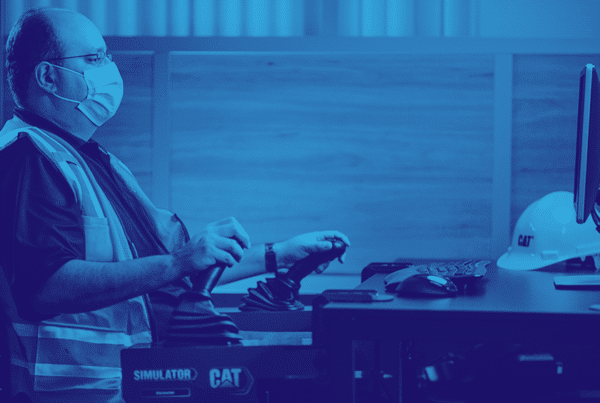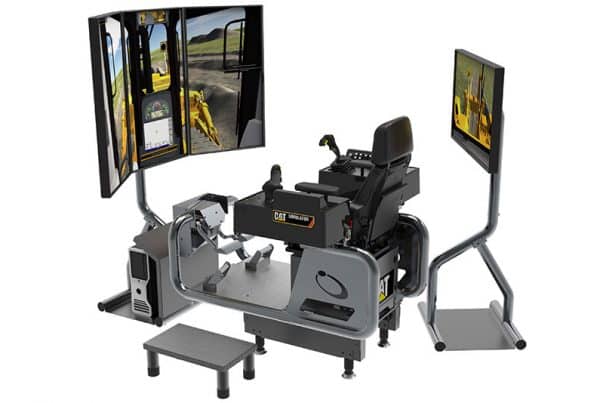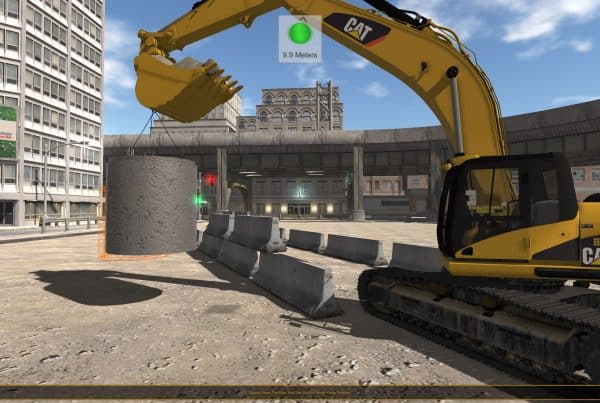There are situations that cannot be taught adequately in a textbook and can’t be recreated by a patient actor. When doctors and nurses need to learn how to react to high-stress scenarios, there’s no written resource for them to turn to. Some medical training facilities are looking at simulator development as a way to give personnel and students these valuable skills.
A new expansion of the Cleveland Clinic created an entire lab using simulation development that replicates a hospital ward, a 10,000 square foot space where dummies, complete with physical and audio reactions, are used to train doctors and nurses how to respond to patient emergencies. The Multidisciplinary Simulation Center is meant to help healthcare professionals learn how to react when a medical emergency should occur on the floor. Providing a simulated environment for training purposes allows students and faculty the opportunity to learn in a safe and somewhat controlled setting so when a real emergency arises they are better equipped to handle the situation.
“The point of this scenario is to let people get over that stress,” said Dr. Eric Jelovsek, medical director for the Center. The simulation development now allows doctors and nurses to train on more high-stress activities like intubation and dealing with distressed or combative patients without putting themselves or others at risk.
Similarly, the University of South Florida just invested $38 million in developing the Center for Advanced Medical Learning and Simulation, which incorporates 90,000 square feet of dedicated space for storage and practice on artificial operating candidates. A group of high tech simulator dummies can be programmed to act out specific scenarios to help clinicians learn how to respond in emergency situations they would regularly encounter with real patients. Allowing them to practice on non-living candidates prepares them to deal with these stressful situations before they need to respond in ways that could mean the difference between life and death.
“Simulation is so important because we’re going to make mistakes when we take care of human beings,” said USF’s chief of vascular surgery Dr. Karl Illig in an interview with The Republic. “The thing that makes it a huge deal is the fact that we have the ability to simulate everything we do in real life…This way we’re allowed to make our mistakes on a machine where it doesn’t hurt anyone.”
Not only is this seen as a step forward for medical studies for USF, but the medical school is hoping to encourage international discourse and training by opening the facility to doctors and surgeons from around the world. It has been called a “destination learning center” by Dr. Darrell Kirch of the Independent Association of American Medical Colleges, who hopes that global training will further medical science by offering a center for these individuals to meet and train together, according to WTNH.
For both the Cleveland Center and USF, the help of simulator development will give their staff and students new ways to train that will make them better prepared to do their jobs and stay calm in life threatening situations, making their chances for success that much greater. These institutions also recognize the value for growth and learning their simulator centers don’t just aid their current candidates. They also function as places for communication and education on a much bigger scale, opening their doors to global intellectual opportunities. The benefit of simulator development will go beyond just training in the moment for those involved here, but will continue as their collaboration grows.
Contact Stacey Burris at sburris@csesoftware.com or 1.309.670.7595 and ask for an simulator development demo today!



